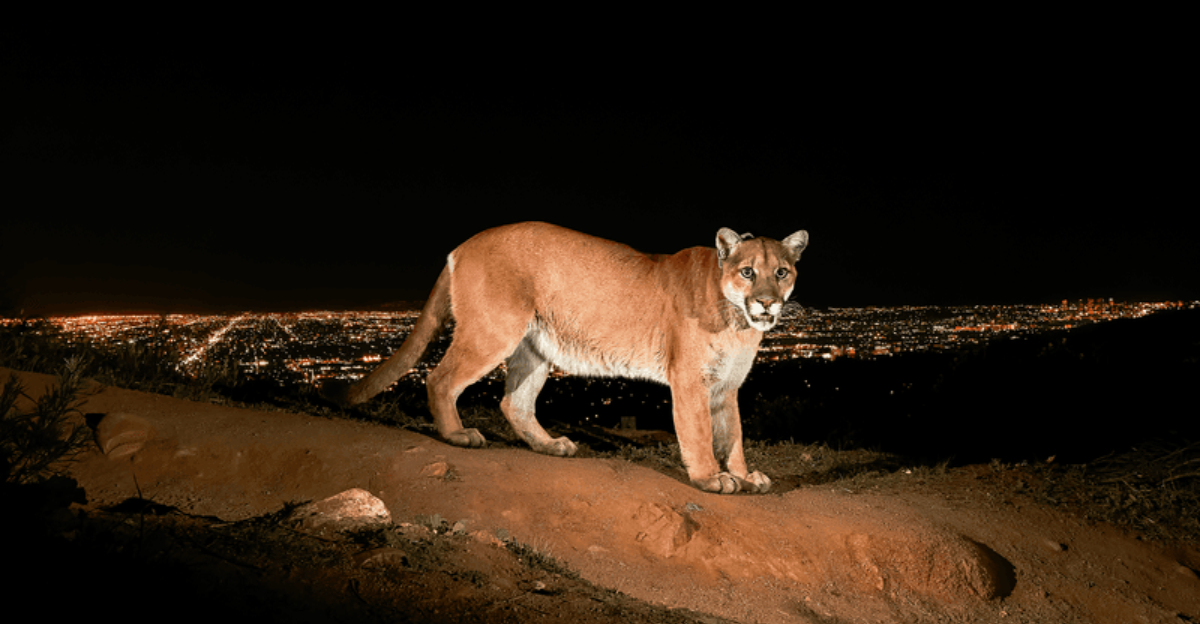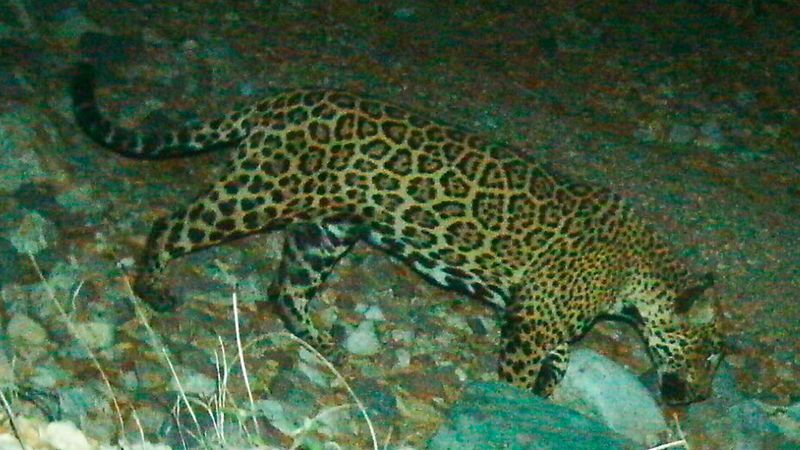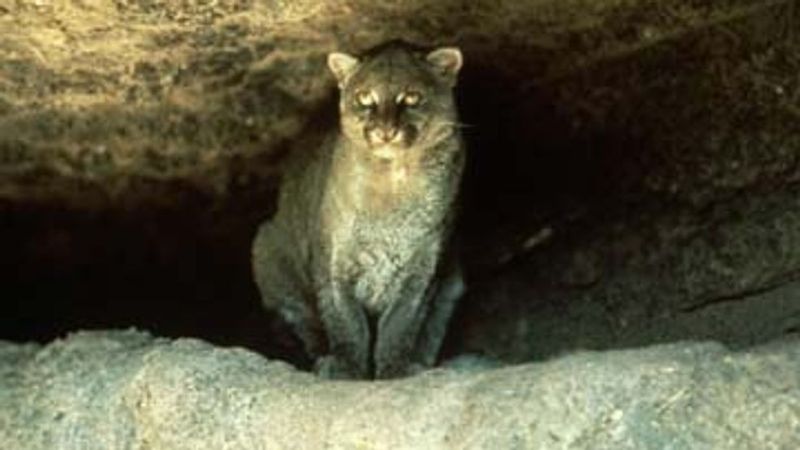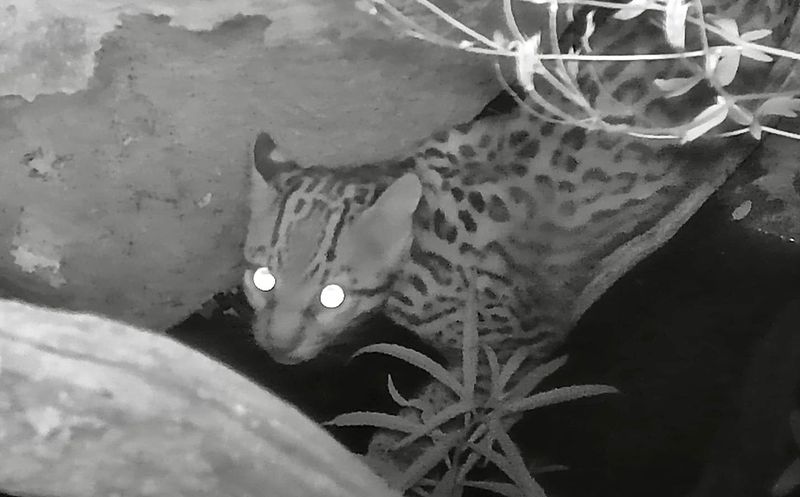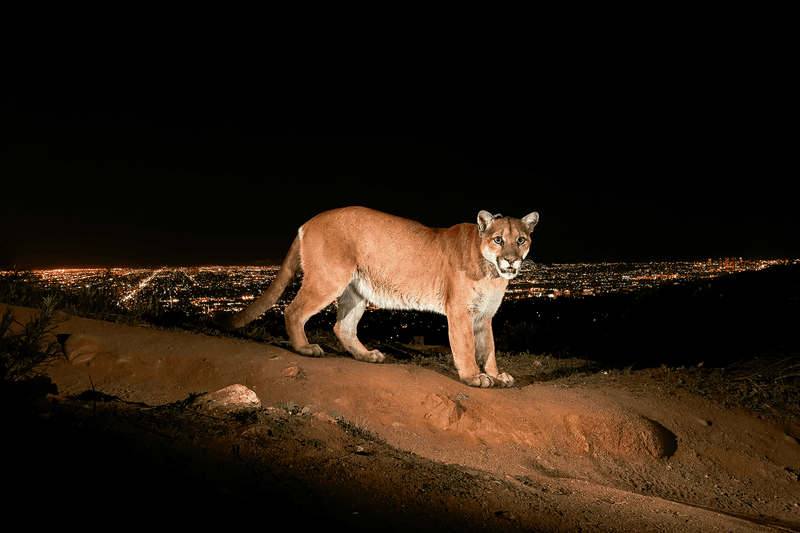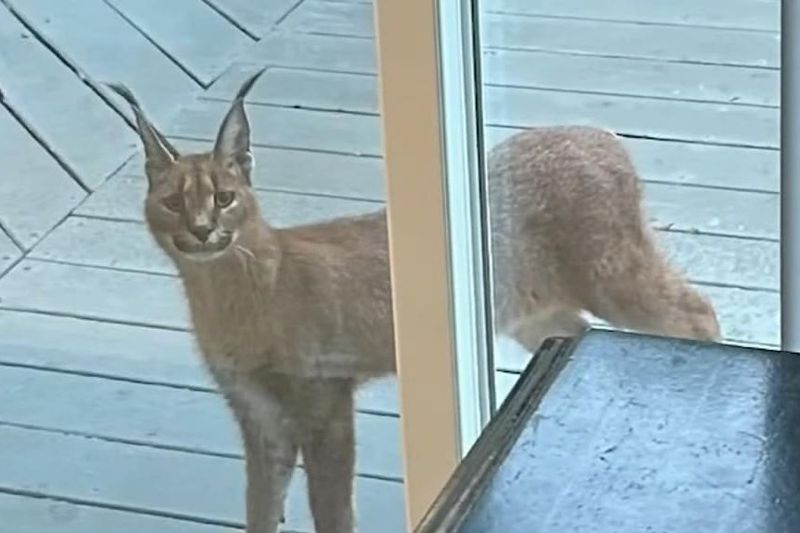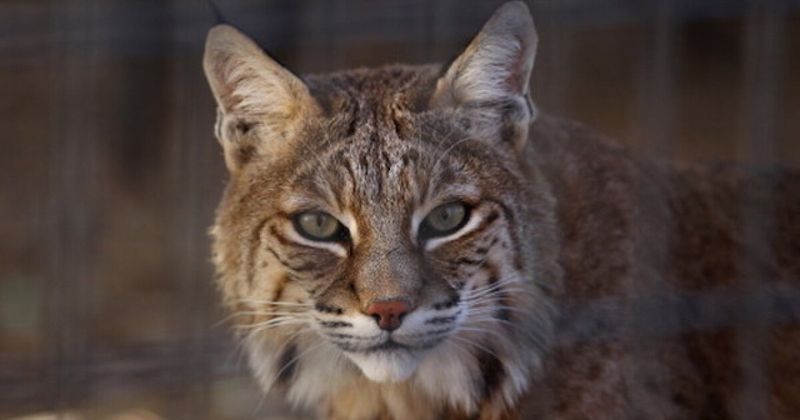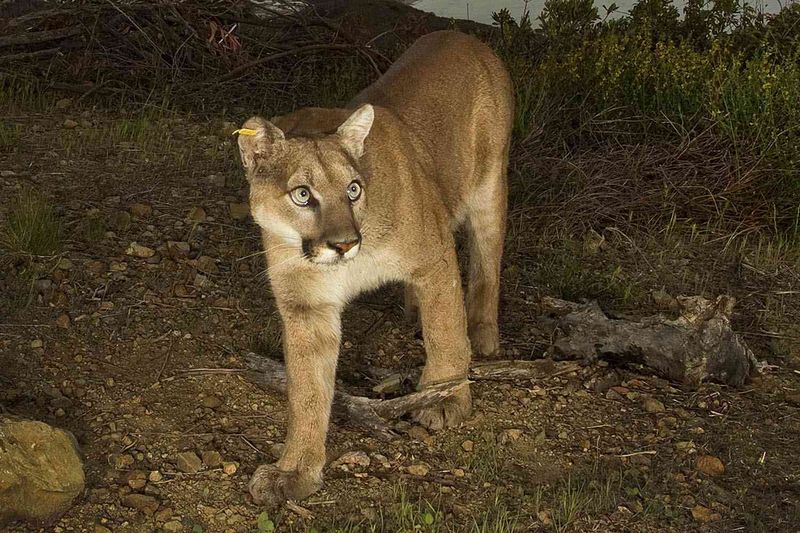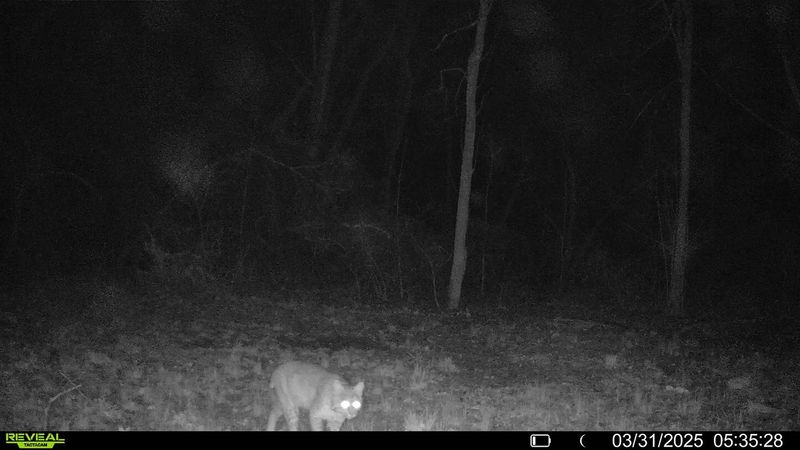📖 Table of Content:
From suburban backyards to mountainous wilderness, wild cat sightings across the United States often sound more like folklore than fact. Despite being elusive by nature, these majestic felines occasionally break through the veil of mystery, appearing in places that defy logic or expectation. Their rare appearances captivate communities, baffle wildlife officials, and stir up questions about habitat, conservation, and our coexistence with the wild.
While some of these sightings have been explained—escaped pets, roaming zoo animals, or misidentified species—many others are fully legitimate and documented by biologists, camera traps, and even astonished civilians. They serve as powerful reminders that despite urban sprawl and habitat loss, the wild still pulses quietly around us. Often just out of sight, these cats reclaim forgotten paths and ancestral territories, blending the surreal with the real.
This compilation dives into eight of the most intriguing and unbelievable wild cat encounters in the U.S., each one sounding like something out of a tall tale—but supported by evidence. Whether it’s a jaguar prowling Arizona’s hills or a caracal roaming the Midwest, these moments illuminate the enduring mystery and strength of America’s wild feline residents. Let’s explore these extraordinary cases that challenge our assumptions about where wild animals belong—and how close they may already be.
1. El Jefe – The Arizona Jaguar
Cloaked in shadow and solitude, a male jaguar named El Jefe was first caught on camera in Arizona’s Whetstone Mountains in 2011. He was one of the few jaguars ever documented in the United States, a region where the species had been considered virtually extinct. Over the next few years, motion-sensitive trail cameras captured his movements, confirming his prolonged stay in the area. His presence was both thrilling and perplexing, as biologists traced his origins back to jaguar populations in northern Mexico. He became a symbol of cross-border conservation efforts, sparking debates about land use and wildlife corridors. El Jefe’s story reached national headlines and stirred the public imagination, especially after video footage revealed his powerful, stealthy movements through Arizona’s rugged terrain. Though he eventually vanished from the region, his legacy remains imprinted on the landscape and in the minds of conservationists.
2. Jaguarundi Resurgence in Texas
Unconfirmed yet compelling, reports of a jaguarundi roaming near Seguin, Texas, have reignited interest in this cat long thought gone from the state. Witnesses described a sleek, low-slung feline with a long tail and dark fur—features that closely match the jaguarundi, a wild cat native to Central and South America. Officially declared extirpated from Texas since the mid-1980s, the species has made headlines as residents submit photos and videos suggesting otherwise. Wildlife biologists have not yet verified these sightings, but the consistency of the descriptions is difficult to dismiss. Some speculate that these animals may have crossed the border from Mexico, or perhaps were part of an illegal exotic pet release. Regardless of their origin, the alleged return of jaguarundis stirs excitement among naturalists and raises questions about how little we truly know about local ecosystems. Whether confirmed or not, the story keeps locals scanning fence lines and roadside thickets for another glimpse.
3. Ocelot Captured on Camera in Arizona
Unexpectedly, an ocelot—a small, beautifully patterned wild cat—was filmed in July 2024 by a motion-activated trail camera deep in Arizona’s Sky Island mountains. This sighting offered a rare look at one of North America’s most elusive feline species, known more commonly from Central and South America. The ocelot’s reappearance suggests that these cats might be reestablishing themselves in pockets of suitable habitat across the Southwest. Biologists celebrated the footage as a hopeful sign of biodiversity, particularly in an era where many species face mounting pressures. The footage circulated among wildlife researchers and cat lovers alike, its crisp imagery proving that even the rarest creatures sometimes show themselves. Prior to this event, ocelots were largely confined to small populations in Texas, making this Arizona sighting all the more remarkable. The incident underscored how protected areas and wilderness corridors can act as lifelines for endangered species.
4. P-22 – The Hollywood Mountain Lion
Amid Los Angeles’ bustling sprawl, a mountain lion dubbed P-22 became a local legend when he was photographed near the Hollywood Sign in 2012. His unlikely appearance in Griffith Park—surrounded by freeways, neighborhoods, and tourists—highlighted just how resilient and adaptable these big cats can be. Over the next decade, P-22 roamed this green island in the urban sea, capturing public affection and drawing attention to the need for wildlife corridors. He was tracked by National Park Service biologists who marveled at his ability to survive in such a fragmented landscape. Despite his fame, his life was not without hardship: P-22 suffered from mange and poisoning, both likely tied to urban influences. Nevertheless, he thrived longer than expected, becoming a symbol of conservation efforts in California. When he passed away in 2022, tributes poured in for the cat who had taught a city to care about the wilderness in its backyard.
5. Caracal Found in Chicago Suburb
Seemingly out of place, a caracal—an African and Asian wild cat known for its tufted ears—was captured in Hoffman Estates, Illinois, in late 2024. Residents were stunned to discover this exotic animal wandering through residential streets, where it had likely escaped from a private owner. Caracals are not native to North America, and while their presence may sound fictitious, multiple photos and official reports confirmed the incident. Local authorities worked quickly to capture the cat safely and determine its origins. It raised concerns about the regulation and safety of exotic pet ownership in suburban areas. While the caracal posed no immediate threat, its presence reminded residents that wild animals, especially non-native ones, don’t belong in domestic settings. The event triggered a small wave of policy discussions about improving exotic animal control laws in Illinois and beyond.
6. Bobcat Spotted in Washington, D.C.
Surprising many, a bobcat made headlines in 2017 when it was spotted in Rock Creek Park, nestled within Washington, D.C.’s urban core. While bobcats are not uncommon in rural parts of the U.S., their appearance in densely populated areas is unusual and noteworthy. This particular bobcat was photographed and tracked as it moved through the park, delighting wildlife enthusiasts and baffling city dwellers. Park officials confirmed that the cat posed little danger and likely entered the city through forested corridors. It demonstrated how even urban centers, with enough green space, can support native wildlife. The sighting reignited interest in the capital’s wild side, leading to increased awareness about local biodiversity. Washington residents were left both fascinated and reassured by the reminder that nature still finds a way to thrive.
7. Mountain Lion Cub in California Backyard
Californians in Santa Clarita were taken by surprise in May 2025 when a young mountain lion cub was spotted lounging on a tree branch in a residential backyard. The seven-month-old feline seemed more curious than dangerous, calmly observing the world from its leafy perch. Wildlife officials monitored the scene for hours, ensuring both public safety and the cub’s well-being. Eventually, the young cat made its way back to the nearby hills, unharmed and unbothered. Encounters like this are becoming more common in suburban California, where human development increasingly overlaps with mountain lion habitat. Experts reminded the public to secure pets and food sources, hoping to reduce conflict and encourage peaceful coexistence. This adorable yet wild visit reminded homeowners that they’re not the only ones living in the neighborhood.
8. Bobcat Comeback in New Jersey
Quietly reclaiming lost territory, bobcats have made a noticeable return to New Jersey’s Duke Farms nature preserve. Once nearly wiped out in the state, these native cats are now being seen more frequently thanks to concerted conservation efforts. In a recent sighting, one such bobcat was captured on video prowling confidently across a trail, stirring excitement among wildlife watchers. The footage showcased the cat’s muscular build and signature short tail, a hallmark of its species. Biologists credit habitat protection, regulated hunting bans, and public education for the species’ slow but steady rebound. While sightings remain rare, their increasing frequency signals a healthy ecological recovery. For many, the reappearance of these predators signifies hope—a reminder that with time and care, wildlife can return where it was once lost.
